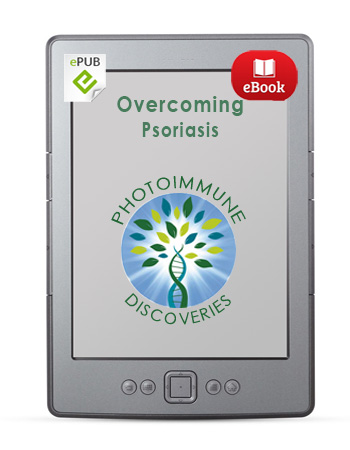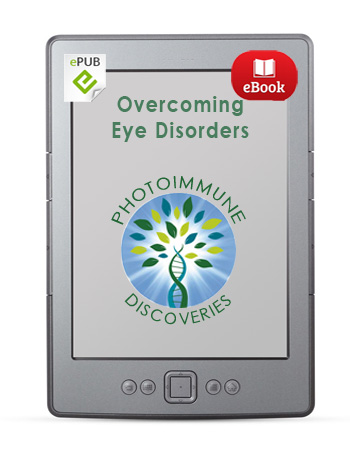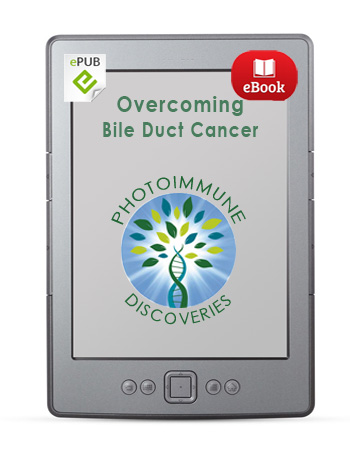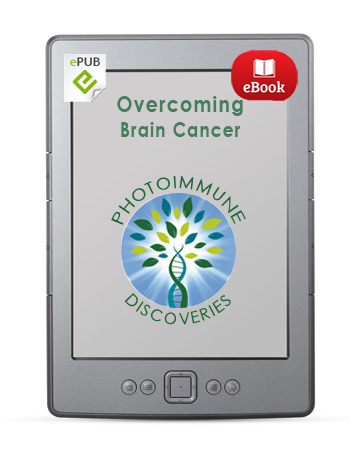Description
Overcoming Periodontal Disease (Gum Disease)
The Promise of Photodynamic Therapy and Other Innovative Therapies
Periodontal disease, also known as gum disease, is an inflammatory disease affecting the gums inside the mouth. Periodontal diseases affect a major proportion of the world’s population, particularly the socially disadvantaged. For older adults living in Europe, North America, and other westernized parts of the world, gum disease is the number one cause of tooth loss. A new study from the U.S. Centers for Disease Control and Prevention confirms that nearly one out of every two U.S. adults has periodontitis, the advanced form of periodontal disease.
Along with inflammation of the gums, people with this condition show deep pockets between the gum and teeth, and these pockets serve as reservoirs for harmful bacteria. Eventually, those suffering from periodontitis develop loose teeth due to the bacteria-induced loss of connective tissue structures and bone.
Overcoming Periodontal Disease: The Promise of Photodynamic Therapy and Other Innovative Therapies highlights a new approach to the treatment and management of periodontal disease, one rooted in the astounding therapeutic potential of Photomedicine (light-based medicine). Though the healing applications of light date back many centuries, it is only within the past few decades that high-tech developments in laser technology have enabled the medical profession to realize the true healing potential of light.
Overcoming Periodontal Disease is divided into four parts: (1) Understanding and Treating Periodontal Disease; (2) The Photomedical Approach to Periodontal Disease; (3) Promising Research Directions; and (4) Lifestyle Factors for Long-Term Control of Gum Disease.
Part 1 provides an overview of periodontal disease, with a comprehensive look at the various risks factors that increase one’s chances of developing the disease. Though plaque is the most fundamental cause of gum disease, other factors can contribute to its development and progression. These include certain dietary factors, smoking, diabetes, hormonal changes, and various pharmaceuticals that can disrupt oral health and predispose people to developing periodontal disease.
The discussion of signs and symptoms is followed by a description of conventional treatment options. These range from nonsurgical therapies that curb or control bacterial growth, to surgical treatments that restore supportive tissues. The mechanical surface treatments (scaling and root planing, also known as SRP) and the associated removal of subgingival biofilm (a protective coating that shields the bacterial colonies) are considered the gold standard for treating periodontal disease. By destroying the biofilm and the bacteria themselves, then slowing the recolonization by more such bacteria, the successful treatment of chronic periodontitis is far more likely. Neverthless, for the aggressive forms of periodontitis, treatment failure is common because of the difficulty of eliminating certain pathogenic bacteria commonly associated with the disease, notably P. gingivalis and A. actinomycetemcomitans. These bacteria are able to persist and penetrate tissue, thus evading the standard SRP strategy.
Light-based therapies may offer a practical and effective solution. Part 2 of Overcoming Periodontal Disease unveils the exciting possibilities offered by photodynamic therapy, or PDT, for periodontal disease. In recent years, PDT has received an increasing amount of attention as a promising treatment for this gum disease.
Here’s an excerpt from the ebook:
“There is a fairly strong consensus among dental professionals that periodontal treatment with oral or systemic antibiotics yields better results and decreases the need for surgical interventions. This approach has its limitations, however, due to the numerous side effects of these antibiotics, especially in terms of disrupting the balance of healthy flora in the digestive tract. Another key side effect is an increased risk of developing resistant strains of bacteria. Given these limitations, along with the aversion many laypeople have toward antibiotics, the demand for reasonable alternatives is on the rise…
“PDT may be [a viable treatment option] because it has the advantage of causing fewer side effects, including none of those associated with antibiotics. At the same time, PDT is capable of eliminating the pathogenic biofilm along with the bacteria that can be resistant to antibiotic treatments. Although PDT has been used in the field of medicine since 1904 for light-triggered deactivation of microorganisms, only in the last decade or two have clinical studies examined its application in treating dental problems such as periodontal disease…
“As the general public becomes increasingly aware of the detrimental effects of periodontal disease, more and more people are seeking periodontal care. Though SRP rightly remains the cornerstone of management of chronic periodontitis, laser PDT appears to hold great promise and has shown statistically significant benefit in clinical outcomes when compared to SRP alone. Even though treating chronic periodontitis with PDT alone appears to offer no advantage over SRP, the combination of these treatments is clearly worth trying and could lead to better long-term outcomes. The potential benefits of this combination may be particularly strong in the case of periodontal lesions with unfavorable anatomical characteristics.”
Part 3 examines promising research directions for further enhancing the efficacy of PDT for periodontal disease. One example is the use of
hyperbaric oxygen therapy (HBOT), which has been recommended and used for a wide variety of medical conditions, including infections. Such therapy might also bolster the immune defenses and improve resistance to infections. Moreover, because PDT is based on a photochemical reaction limited by the availability of oxygen in the target tissue, HBOT may enhance the efficacy of PDT by increasing the amount of oxygen available for the process.
The final section of the ebook explores some of the practical ways or self-care practices that are needed to bolster periodontal disease control. Obviously practices like daily brushing and flossing are encouraged, as are regular professional cleanings by a dental hygienist. Individuals who may be at high risk of periodontal disease (e.g., due to smoking, dry mouth, or taking certain blood pressure medications) may need professional cleaning more often. In addition, proper nutrition helps reduce inflammation and maintain healthy immune system functioning. Finally, taking steps to reduce psychological stress can further reinforce the benefits of a “gum friendly” diet and lifestyle.
The ebook’s appendix includes a special discussion about two light-sensitizing substances, a dietary supplement called Bremachlorophyll, and a unique medicine called Bremachlorin. Because of its diverse effects against infections, Bremachlorin-PDT is likely to revolutionize the way Photomedicine is incorporated into modern treatment of infectious diseases.






 English
English Français
Français Deutsch
Deutsch Nederlands
Nederlands